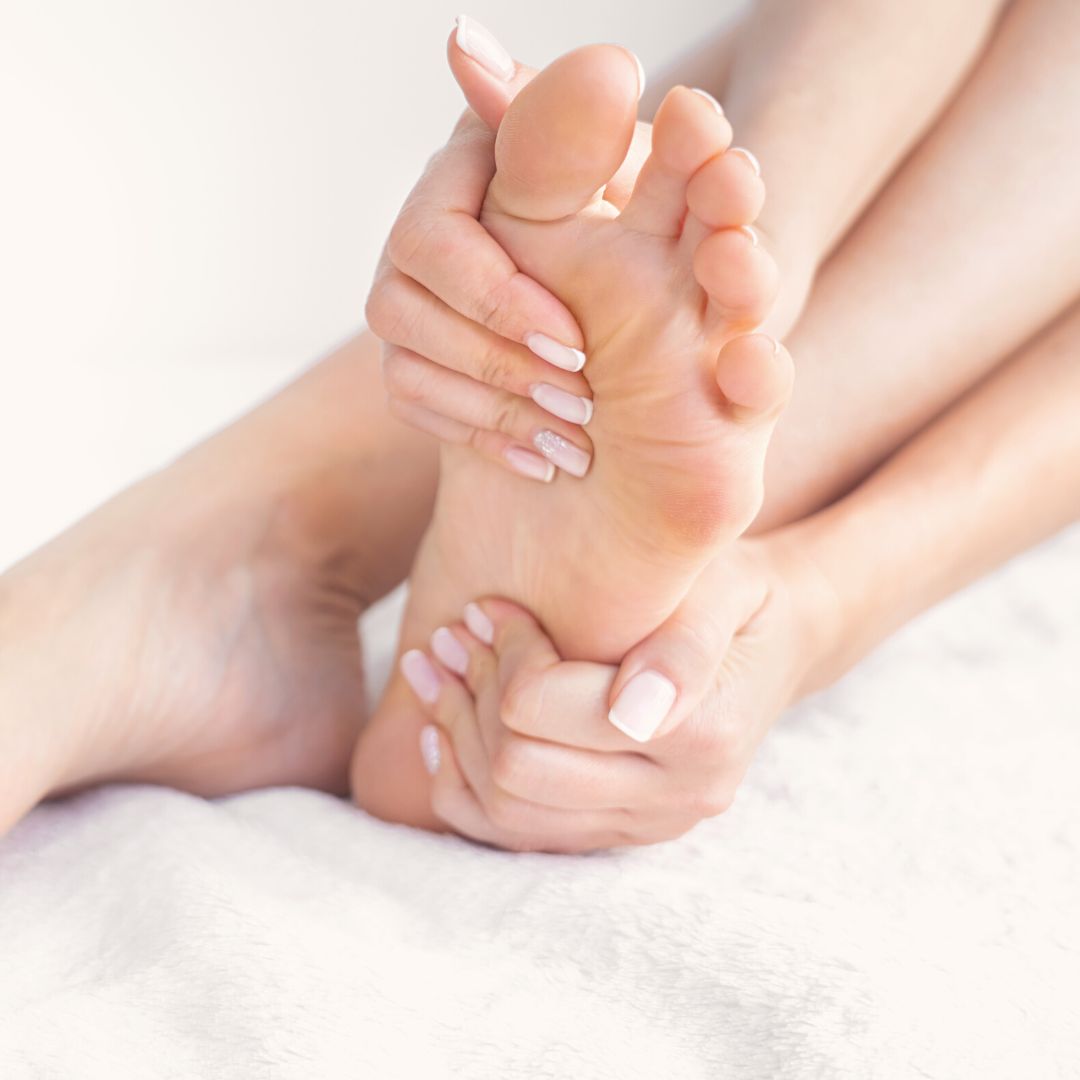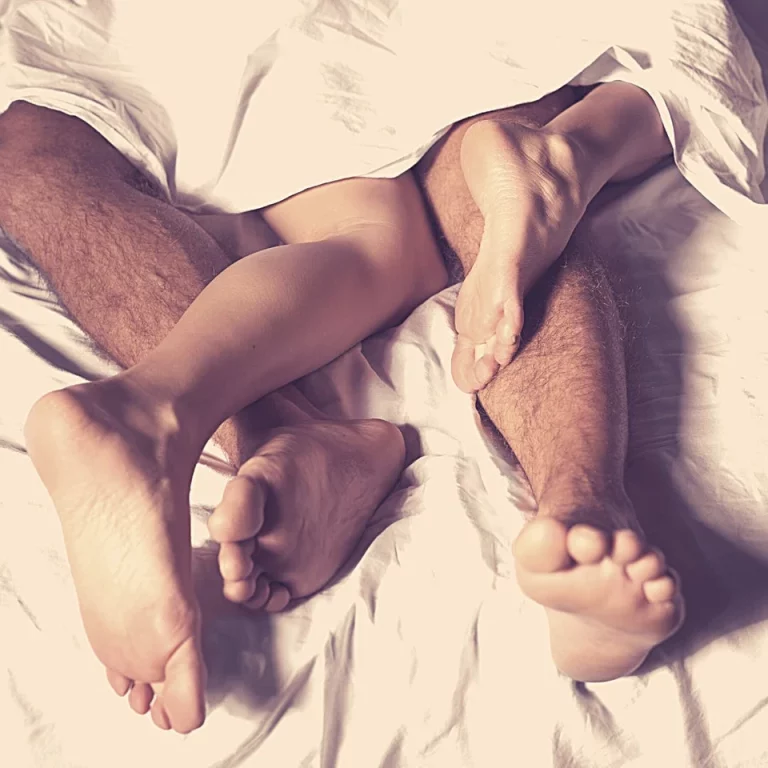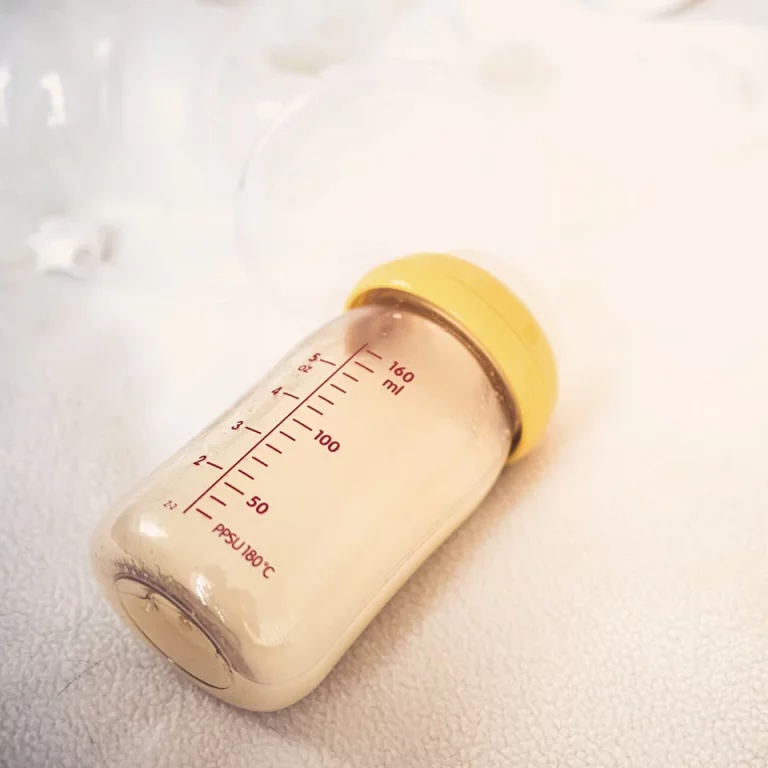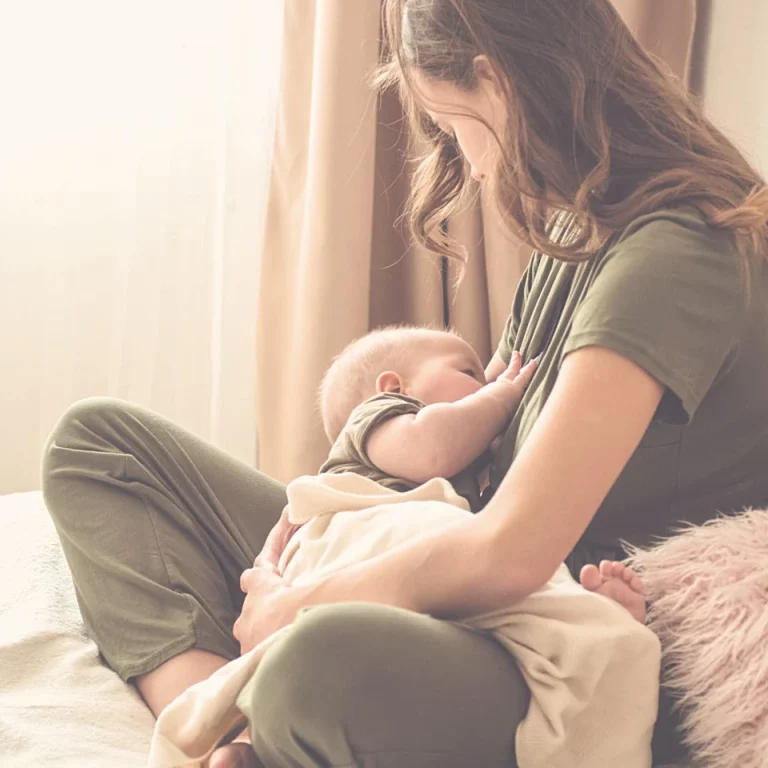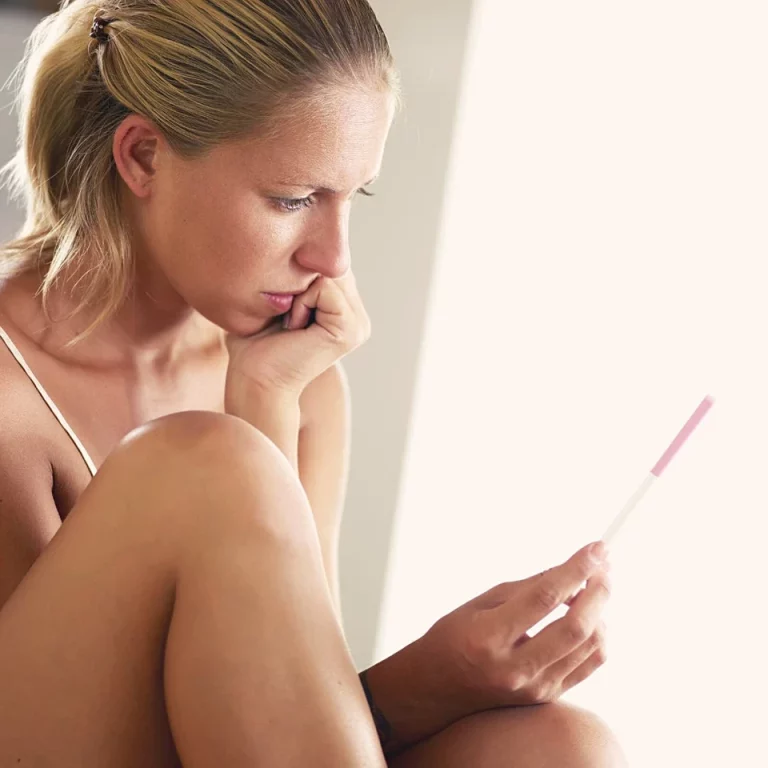Doctor Explains Treatment For Postpartum Foot Pain
Postpartum foot pain is a common issue. It is experienced by many women after giving birth. Expert physician, Dr. Mehta explains why postpartum foot pain happens and what you can do about it.
Understanding Postpartum Foot Pain: Why Does It Happen?
In order to address postpartum foot pain, it is crucial to identify the underlying cause and choose an appropriate treatment plan. Let’s take a look at why postpartum foot pain happens.
Hormonal Changes Cause Ligament Laxity
During late pregnancy and the postpartum period, hormonal changes can impact a woman’s body. Specifically, the ligaments that support the joints can become lax.
As a result of increased ligament laxity, pregnant and postpartum women may have joint instability and discomfort. The hormone relaxin, which is responsible for loosening the pelvic joints in preparation for childbirth, also has a similar effect on the ligaments in the feet. This can cause the arch of the foot to flatten and this can cause postpartum foot pain1.
Weight Gain And Arch Strain
As expected weight gain during pregnancy can contribute to postpartum foot pain. The weight can add extra pressure on the feet and over time it can alter the structure. The extra weight from pregnancy is mainly distributed in the abdomen, which alters an individual’s center of gravity and places additional strain on the feet2.
Added pressure from excess weight can also cause overpronation or flat feet, further contributing to foot pain3. In overpronation there is excessive inward rolling of the foot after landing. This natural inward roll is known as “pronation,” and it’s a normal part of the walking cycle. But, in overpronation, this inward rolling in is more pronounced than usual. You may feel this pain more in your ankles.
In some cases, the changes in foot structure can be lasting, with studies showing that arch height may not return to pre-pregnancy levels in some women even after giving birth4.
Plantar Fasciitis
Plantar Fasciitis is a common cause of foot pain in postpartum women. It occurs when the plantar fascia, a thick band of tissue that connects the heel to the toes, becomes inflamed or irritated.
The pain in plantar fasciitis is a sharp, stabbing heel pain. This pain is usually worse in the morning or after long periods of inactivity. The increased weight and hormonal changes during pregnancy can contribute to the development of plantar fasciitis. This is because it can cause the arch of the foot to flatten which puts more strain on the plantar fascia.
Postpartum Edema
Postpartum edema, or swelling, is another common cause of foot pain in new mothers (and in pregnant women). During pregnancy, the body retains extra fluid to support the growing baby. This fluid can accumulate in the feet and ankles, causing postpartum swelling or edema.
Postpartum edema gets better slowly after birth. The body flushes out the excess fluid, but this extra water can still cause foot pain during the first few weeks after birth.
Overpronation And Flat Feet
Overpronation and flat feet can also contribute to postpartum foot pain. During pregnancy, the release of certain hormones can cause the ligaments in the feet to stretch and relax, which in turn can lead to overpronation (rolling of the feet inwards) and flat feet. This can lead to arch pain and discomfort, particularly after long periods of standing or walking.
Things That Make Postpartum Foot Pain Worse
Certain things will make postpartum foot pain worse. By adjusting your lifestyle you can help to relieve your postpartum foot pain naturally.
Extended Periods of Standing
One common risk factor for postpartum foot pain is extended periods of standing. Extensive pressure on your foot especially with the extra pregnancy weight can aggravate postpartum foot pain. It can also cause low back pain in some people as well as ankle pain.
The bottom of your foot as well as your ankle are bearing excess weight from the pregnancy and so the best thing is to give your feet some rest. Try to find opportunities to rest and elevate your feet throughout the day.
Pre-Existing Feet Problems
Postpartum foot pain may be more prevalent in individuals with a history of previous foot pain complaints or pre-existing foot conditions. If you already have flat feet or a history of foot pain, your chances of having potential foot problems in the post partum period are high.
Unsupportive Footwear
Wearing inadequate footwear, such as high heels or shoes without proper arch support, can significantly contribute to foot pain in the postpartum period. High heels place immense pressure on the feet, potentially worsening any pre-existing conditions or inducing new ones. In contrast, supportive footwear are essential for proper foot alignment and comfort during and after pregnancy.
Shoes should have adequate cushioning for prolonged standing or walking. Proper arch support is crucial for foot stability and alignment. Breathable fabric can reduce discomfort from foot sweating. Adjustable straps can accommodate fluctuations in foot size and swelling during pregnancy.
Consider having a pair of indoor shoes as well as outdoor shoes. This way you can always have foot support even when you are inside your house.
How To Treat Postpartum Foot Pain
There are a few things you can do to find relief from postpartum foot pain. Let’s take a look.
Exercise And Stretching Techniques
Regular exercise and stretching can help with postpartum foot pain. Stretch your feet and calves regularly.
One easy stretch that you can do is to point and flex your feet several times throughout the day. Also, be sure to get your steps in everyday so that you stay somewhat active.
Supportive Shoes
One of the primary steps in managing postpartum foot pain is wearing supportive shoes. Proper footwear provides the necessary arch support and cushioning required during this period.
It is also advisable to use shoe inserts or orthotics as an additional aid for foot support. These inserts help distribute the pressure evenly on the feet and alleviate pain.
Have a pair of shoes for indoor use as well. Many people don’t think to wear shoes inside, but it can be helpful to support your foot during this time period.
Foot Massage
A gentle foot massage may also provide relief by improving blood circulation and reducing muscle tension.
One simple technique involves using a tennis ball to massage the calf muscles and provide relief from foot discomfort. Gently roll the ball under the arch of your foot (or wherever you feel the pain) for a few minutes daily, applying pressure on any tight or painful areas. This can help release muscle tension and improve flexibility.
In addition to the tennis ball method, you can also use a foam roller to massage your calf muscles. Relaxing the calf muscles can help with foot pain as well since the muscles are all connected. Place the roller under your calves and gently move your legs back and forth to release tension and improve circulation. Incorporating these stretching techniques into your daily routine can provide significant benefits in reducing postpartum foot pain.
Having a professional foot massage can also help. It may be hard to find time to do this, but if you are in a lot of pain, you can consider this as an option.
Apply Heat To Your Foot
Applying heat in the area of the pain can help to improve blood flow to the region. Heat can also help to loosen the muscles and relieve tension. It can also provide temporary relief. You can use a heating pad or if you are getting a massage, a hot stone can also be beneficial.
Elevate & Rest
Resting the foot is also important. If you are having significant swelling and edema. elevating the foot can also help. Wearing compression socks or getting an electric device that can compress the fluid out of your foot can also help a lot.
Medication
An anti-inflammatory medication like ibuprofen can help to reduce inflammation and alleviate pain. If you are using medication be sure to talk to your doctor and let them know, especially if you are breastfeeding.
See A Physical Therapist, Podiatrist Or Orthopedic Doctor
During the postpartum period seeing a doctor can be hard. You may be already seeing your pediatrician frequently for your baby so another doctor’s appointment can be hard to squeeze in. When home remedies and lifestyle factors are not providing enough relief, it is a good idea to see a doctor in person.
A healthcare provider typically starts with a thorough physical examination to assess the foot pain and determine the underlying cause.
Consulting a physical therapist can be beneficial in addressing postpartum foot pain. A therapist can design a tailored physical therapy program that includes specific exercises and stretches targeting the affected areas. They may also recommend manual therapy techniques to promote muscle relaxation and alleviate discomfort.
A Podiatrist can help by fitting you with inserts or orthotics for your shoes. These inserts can be custom built for you and be used long term.
If you think that you have had a serious injury like an Achilles tear or a broken bone, then be sure to see an Orthopedic surgeon.
Proper Nutrition And Hydration
Maintaining a balanced diet and staying hydrated is always a good idea as well. A well-balanced diet consisting of fruits, vegetables, lean proteins, and whole grains can help provide the nutrients needed for muscle recovery and overall health. Staying hydrated is also essential for proper muscle function and may help reduce muscle cramps, which can contribute to foot pain. Aim to drink at least 8-10 glasses of water per day to support muscle health and recovery.
Here are a few nutritional tips to help your muscles function well. These are not specific to postpartum foot pain but general tips.
- Protein: Consuming adequate amounts of protein can support muscle recovery and repair. Include lean sources such as chicken, turkey, fish, and plant-based options like beans and lentils.
- Calcium: Calcium is essential for strong bones and proper muscle function. Dairy products like milk, cheese, and yogurt are excellent sources, but you can also find calcium in leafy greens, almonds, and fortified foods.
- Magnesium: Magnesium plays an essential role in muscle relaxation and nerve function. Include magnesium-rich foods such as spinach, pumpkin seeds, and almonds in your diet to ensure adequate intake.
- Vitamin D: Vitamin D is necessary for calcium absorption and bone health. Expose yourself to sunlight for natural vitamin D synthesis or include vitamin D-rich foods like fish, fortified dairy products, and eggs in your daily meals.
Postpartum Foot Pain: Summary
The postpartum period can be very difficult. From postpartum rib pain, to breast pain, to postpartum foot pain, there are many health problems that can happen during this time.
Postpartum foot pain is a common health concern among new moms. The causes of postpartum foot pain include hormonal changes, weight gain during pregnancy, and changes in the foot’s structure. In general, incorporating proper foot care, wearing supportive shoes, stretching, and slowly increasing physical activity can help alleviate the discomfort. Also, foot massage and wearing inserts in your shoes can effectively reduce pain as well. For acute flare ups, consider using over the counter anti inflammatory medications.


